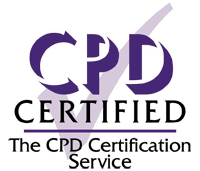Irene Benaran (left), ENT CDF and Noah Evans Harding (right), ENT ST4, University Hospital Monklands, Lanarkshire, UK. The theme of this year's British Society of Otology (BSO) annual meeting was ‘The Past, Present and Future of Otology’. To introduce aspiring...

